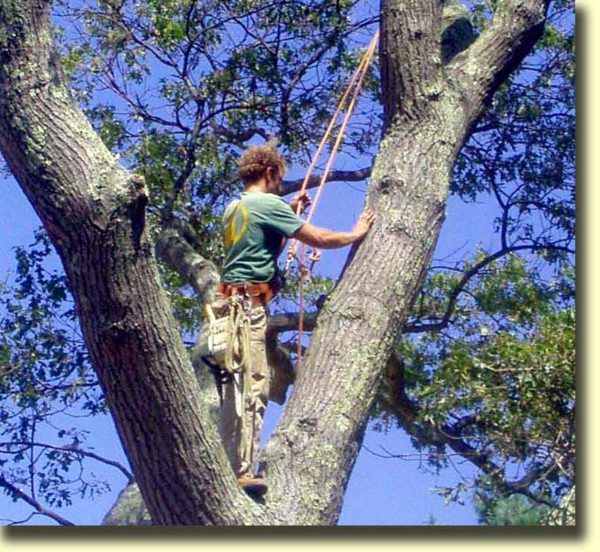Tree Pruning
There can be several reasons for engaging in tree pruning. The decision to prune has to be made first and then you need to decide whether to hire it out or to do the job yourself. Some of the most common reasons for pruning your trees are:
- Reducing The Height Of Your Trees
- Shaping A Tree To Fit A Specific Design
- Thinning The Crown In Order To Promote Growth And Air Circulation
- Removing Branches With Disease Or Storm Damage
There are times when some of your trees may be very large and the job is best left to professionals. When you prune the big trees it can involve climbing to high levels and having to get heavy saws or tools up there to do the job. Personal safety is not something to take lightly.
The best time for pruning your trees is in a season when the trees are dormant, like late in the fall or even winter. Dead branches should be removed regardless of what time of year it is. Pruning during these dormant times is less stressful to the tree and lowers the amount of sap loss that will occur. You also lower the risk of infection from fungus and insect infestation.
You should prune the least amount you possible can from your trees. The rule of thumb is to never prune over 25% of your tree’s crown. Keep in mind that pruning is to be a very minimal operation.
How You Should Prune Your Trees:
You should start with unwanted branches and always protect your tree’s trunk wood (stem). A tree branch will grow from stems that are attached to ‘nodes’. Always prune on the branch side of your nodes.
Here are the steps to take when pruning your tree:
(1). Cut a wedge shape on the low side of your branch.
(2). Farther down on the branch begin to cut clear through it leaving only a stub at the end.
(3). Make your third cut just outside the stem collar and reduce the stub length as much as you can.
Some examples of pruning tools are the ‘Pole Pruner and Lopper’, ‘Rope Saws’, Portable Buck Saws’, and the ‘Folding Pruner’. You need to disinfect the tool you use after each tree you are pruning. You can use a solution of 9 parts water to 1 part bleach then wash with soapy water and dry. Trees have diseases sometimes that can spread via the tools you use.
Tree Pruning will enhance the beauty of your landscape as well as keep your trees off power lines. Pruning does require some knowledge about what you are doing, so a little study and research before tackling this job will be extremely helpful and will lay a good foundation for doing a nice job on your lanscaping.
Matthew Walter is a writer for many blogs and websites. He mostly enjoys writing about gardening, home improvement, and environmental issues (such as tree removal). Matthew is also the proud maintainer of a large public garden.

